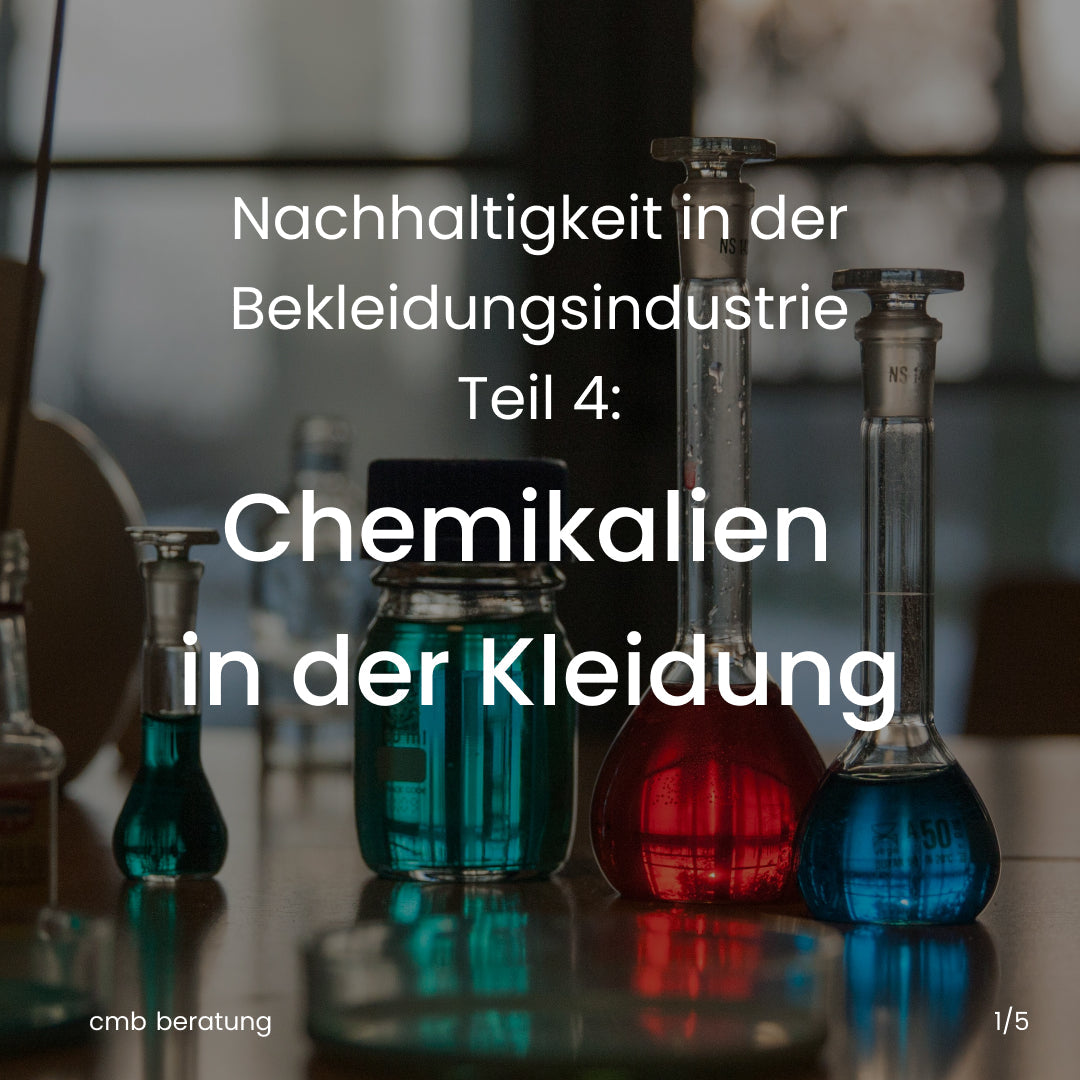7,000 chemicals. That's how many are estimated to be used in the textile industry – from harmless additives to toxic heavy metals and questionable dyes. Substances can be added at every stage of production: to make clothing water-repellent, non-iron, or particularly color-intensive.
The problem: For every kilo of clothing, there's an average of one kilo of chemicals. So, if you buy three kilos of fast fashion, you're also, figuratively speaking, carrying three kilos of chemicals home with you.
But that’s not all.
Damage to the environment and health
Most chemicals don't end up in our wardrobes—they end up in the environment: in soils, waterways, and groundwater. Many producing countries have virtually no legal regulations for environmental protection. There, chemicals are often released unfiltered into nature—with serious consequences for humans, animals, and ecosystems.
At the same time, a large proportion of the clothing sold in European stores arrives contaminated with chemicals. Even substances that aren't approved in the EU can find their way onto the market due to gaps in controls.
The effects are real: From allergies and skin irritations to sleep problems – consumers bear the consequences on their skin.
What needs to change
Of course, clothing needs certain properties – and these are often produced chemically. But there are alternatives. Technologies that are more environmentally friendly. Manufacturing processes that could be safer and cleaner.
For something to move, two things are needed:
- Innovative manufacturers who take responsibility.
- Customers who use their power and make conscious decisions.
Those who choose fair, transparent brands – and against fast fashion – show the industry that there are other ways.
Our contribution at BREDDY’S
We rely on fabrics that are free of harmful chemicals and only work with partners who meet the highest environmental standards. Because we understand that sustainable clothing begins with respect for people and the environment.


